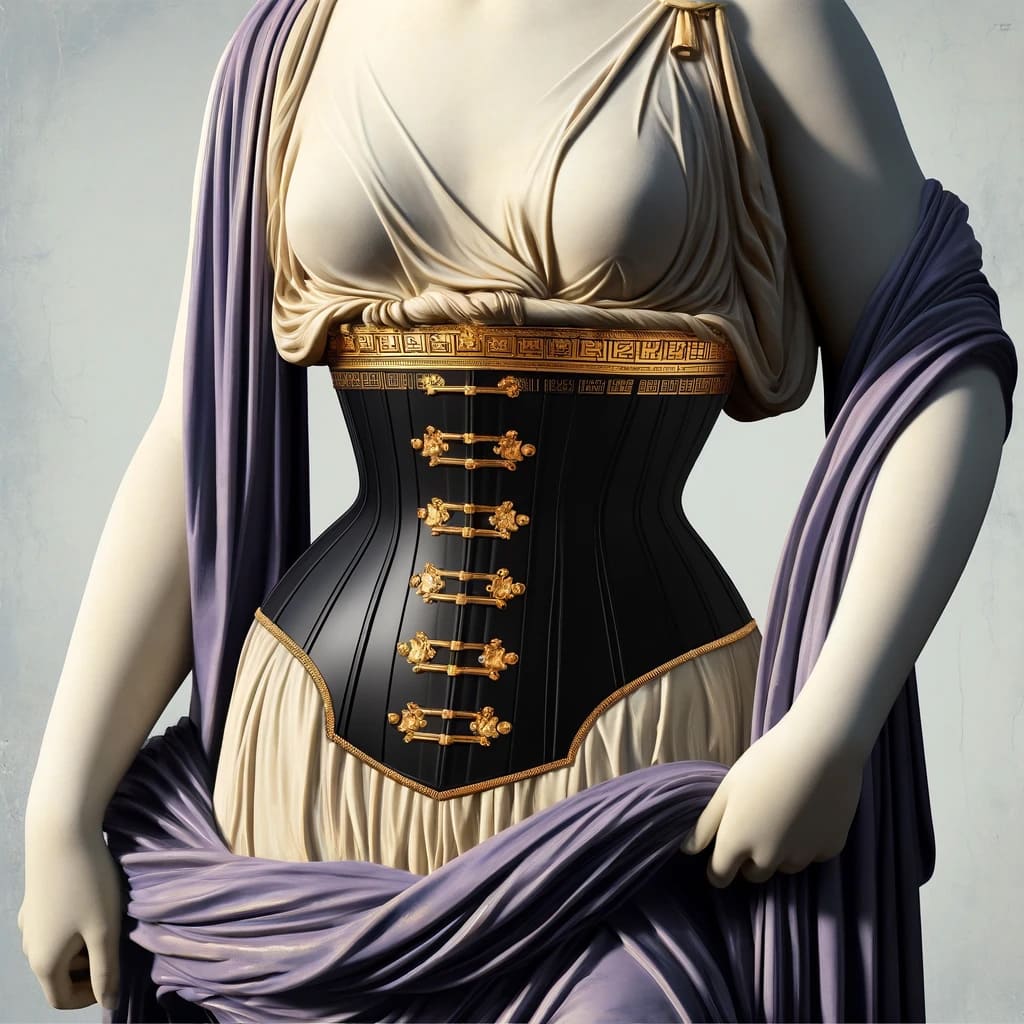High-definition liposculpture is a meticulous art that transforms the body into a sculpted, visually appealing form, accentuating muscle definition and reducing unwanted fat. However, the journey to achieving these spectacular results does not end in the operating room. Post-operative care is crucial, and among the most critical aspects of this phase are the use of compression garments and foams. These tools are not just accessories but foundational elements that help ensure the success of the procedure.
Compression Garments: Why They Matter

Post-surgery, the body needs to adapt to its new contours and heal in a way that supports the sculpted structures created by high-definition liposculpture. Compression garments play a vital role in this process by applying even pressure to the treated areas. This controlled compression helps reduce swelling and prevents fluid accumulation, which can otherwise complicate the recovery and affect the quality of the results.
Moreover, these garments support the newly sculpted tissues, helping them to ‘settle’ into their new positions. They also minimize movement that can disrupt the healing process, ensuring that the body’s new contours are maintained while it recovers.
Foams: Enhancing Comfort and Outcome
Foams are another essential element used in conjunction with compression garments. Placed between the garment and the skin, foams distribute the pressure evenly, preventing indentations and ensuring that the compression is smooth across the treated areas. This not only enhances comfort but also improves the aesthetic outcomes by helping to avoid irregularities in the skin’s surface as it heals.
Additionally, foams can be particularly beneficial in areas where more extensive sculpting has occurred. They add an extra layer of support and can be customized or shaped to fit the unique contours of each patient’s body, providing targeted compression where it is most needed.
The Impact on Recovery and Results
The combined use of compression garments and foams is proven to significantly improve the recovery process. Patients often report less discomfort, and the risks associated with fluid accumulation and irregular healing are markedly reduced. The consistent use of these tools is a key contributor to achieving the fine-tuned, precise results expected from high-definition techniques.
Choosing the right type and fit of compression garment and the correct placement of foams is critical, and should be guided by the surgeon’s expertise. Following the prescribed regimen for their use is equally important, as the duration and manner in which these are worn can greatly influence the final outcome.
In Conclusion
For anyone undergoing high-definition liposculpture, understanding the importance of compression garments and foams is vital. They are not merely aids to recovery but are integral to the process, ensuring that the dramatic, refined results achieved in surgery are preserved throughout the healing process. As we continue to advance in the field of cosmetic surgery, the nuanced use of these post-operative tools remains a cornerstone of successful outcomes, demonstrating that great care in post-operative practices is just as important as the skill displayed in the operating room.